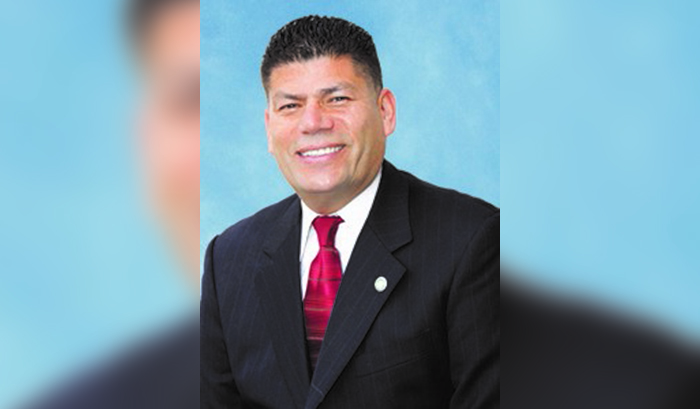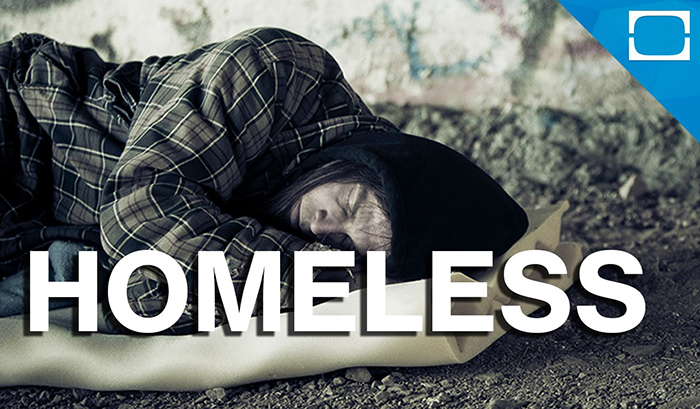How is the campaign going?
Before the crowd from the Blair Hills Homeowners Assn. had begun to file into the hilltop Community Center at Kenny Hahn State Park last evening for a City Council Candidates Forum, a comely young lady placed printouts – designed to arouse – on each of the 65 or so chairs.
They were copies of essayist George Laase’s critique of Council candidate Scott Malsin (“Real Need or Just Plain Greed?”) in last Friday’s edition. Crucial sentences were highlighted in yellow.
Horrified, a Malsin campaign operative industriously made her rounds just seconds after entering the room. She gathered up as many as she could hold, despite the fact it is not considered cricket to filch an opponent’s campaign literature.
Whether bothered by her conscience or another person in the meeting room, she later returned the printouts to their proper resting places, the chair seats.
In other news, former School Board member Saundra Davis said she had planned to run for Council this season until her 99-year-old mother became ill and later died. Ms. Davis indicated that she will apply in the next Council election in two years.
At dusk gathered at the top of the park, yet another in a very long series of unimpressively attended neighborhood forums began. Even though Blair Hills is one of the most activist enclaves in town, the crowd was modest, and the weariness of the candidates showed early and often.
“We are beginning to sound alike, aren’t we?” one of the Culver City Six said afterward.
Andy Weissman, Mehaul O’Leary, Jim Clarke, Meghan Sahli-Wells, Scott Malsin and Stephen Murray have almost evolved into family after a carnival of forums since mid-February.
Like an ol’ married couple, they were finishing each other’s lines.
Prodded by a clock-conscious moderator saddled with an awkward format, every candidate was obliged to answer every question. This interfered with the flow of a program further dragged down by occasional ringer questions and the availability of a solitary portable microphone that was raced up and down the rectangular table as if it were a hot baton in a relay race.
Before they play to one of their largest audiences tonight at 7 at the League of Women Voters forum in Council Chambers, no one can accuse any of them of altering their views.
Two or three of them started at the top of their game. The rest have caught up. By now, after so many forum reruns, it is not clear whether the candidates’ positions are strikingly alike or merely sound similar.
But there are distinctions.
To sketch them briefly:
Meghan Sahli-Wells – At 38 the youngest member of the field, she is a stronger candidate than two years ago. But it still is to be determined whether her philosophy of government is sufficiently concrete. An activist for the past four years, she is enthusiastic about visions but seems less so about precise solutions. “I have been working with residents on a broad range of issues,” she says. “I have helped fight for development that respects the neighborhood,” which is a tad filmy, “used safe construction processes and meaningful traffic mitigation.” Perhaps the criticism of her is off-target. She favors approval of the TOT, the Transit Occupancy Tax on the April ballot, arguing that it will jump annual revenue a half-million dollars. Her ideas for ending the budget gap: “We need to increase revenues, maximize our resources, using what we do have wisely, and we need to leverage our funding.” Very popular. Could finish from second to fifth.
Stephen Murray – The least known candidate is the most different because he brings a passel of unorthodox ideas, not surprising for a newcomer seeking to establish himself. We know this about his values: He works hard, may have done more research in recent months than the rest of the field cumulatively, and isn’t bashful about quirky ideas. Smart and self-assured, he has grown impressively in the last month. He is just-right cocky, not at all excessive. Bears watching. Says he would make changes more aggressively, faster and more creatively than his rivals. Shrewdly using the practices of other cities as a yardstick, a method City Hall veterans admire, when he sizes up the city’s structural deficit, he reaches two neon conclusions: “Per capita, our Fire Dept. costs less than other cities while our Police Dept. costs more. Why more? Part is policy, part is inefficiency.” Those are brave, fighting words. He duels Mayor Mehaul O’Leary for being the Most Business-Oriented Candidate. “I am from the business world. I like to do things quickly.” An environmentalist, he talks about converting Culver City into a world-class community through sustainability practices. Getting better. Worth a look.
Scott Malsin – At the start of the campaign, he faced both the easiest and the most imposing assignments. A virtual, but not really, incumbent, he could run on his six-year record of considerable, identifiable accomplishments. He lists three examples: “Zoning changes I have proposed to protect the character and scale of our community while creating new public park space; I brought us the Independent Festival of Video Games, Indie-Cade, which garners worldwide media coverage, and the park enhancement program grants I put forward are leveraging community spirit.” Always thinking, busily plotting new objectives. “Last year I proposed a plan that will help us achieve three critical goals, improving our infrastructure, maintaining our services and becoming financially sustainable.” But whatever good his work has fostered is being challenged by aggressive pushback from a claque of upstart residents who object to the way he temporarily stepped aside from office last December. When those two dynamics are pitted against each other, they are almost impossible to quantify. Difficult to predict the final score.
Andy Weissman – As the candidates wheel around the perimeter of Culver City, it seems that this 61-year-old native has lived in the neighborhood du jour (14 years in Blair Hills, he noted last night) or served with nearby residents on the scores of civic commissions on which he has pulled duty, spanning more than 30 years of community service. Old friends or former colleagues dot every street. A natural, comfortable leader. His command of the pitch-perfect tone, knowing precisely when he can assert a humorous line, is textbook time for greener politicians. Critics, if there are any, gave up long ago probing for a vulnerable area in Old Faithful’s resumé. He isn’t a statue. It’s not that he just sits, like Buddha, on the dais. He is in the mix of every agenda scramble, and his call is correct at least 99 percent of the time. His legacy prominently will include restoring civility, thought dead, to a querulous City Council, a monumental achievement. Should finish first, at worse second.
Mayor Mehaul O’Leary – Policymaking is less his specialty than working diligently offstage in relatively obscure but critical government panels with names the length of his native Ireland. The main cheerleader on the Council for the past four years, he enjoys his day jobs and his Council assignments. He probably would not sleep, except as a necessity. His upbeat attitude could elevate the packed Coliseum. Not even Alan Corlin, a few seasons ago, may have enjoyed his year in the Mayor’s chair as much. He travels widely, he seldom sits, and it would take a tsunami to quench his thirst for government work. Should be re-elected.
Jim Clarke – Ninety days ago, he emerged practically from nowhere to be a surprise entry in the race. For those old enough to have read or to remember the wartime concept, he is no 90-day wonder. A rock is his image. His tested, measured government policies have worked in Los Angeles and Washington, but skeptical City Hall observers ask about his hometown political/civic credentials. Is that question valid? As the senior member of the candidate field, his knowledge ranges roughly the world. His maturity and his sense of discipline heavily offset any potential hometown shortcoming. If he moved here in 1977, how much could he have missed? With his gifts, he could quickly become the Council’s most valuable player. His three remedies for slimming the budget gap: “1. We have to look at new revenues. That is what I do (in the Mayor’s office) for the City of Los Angeles, find federal, state and foundation grants. 2. We also need to make it easier for business because business taxes and business support are budgeted in our revenue. 3. I have a vision of making us the center of creative media.” Gauging by his tools, he should finish high.






